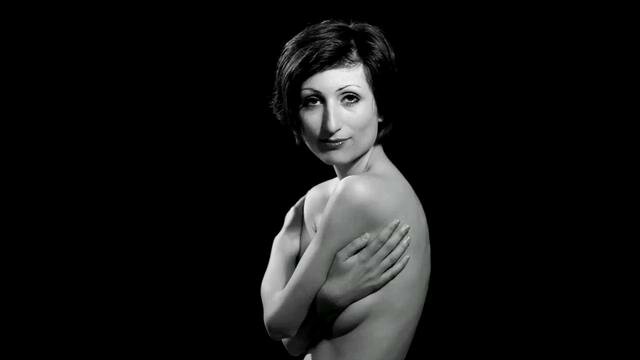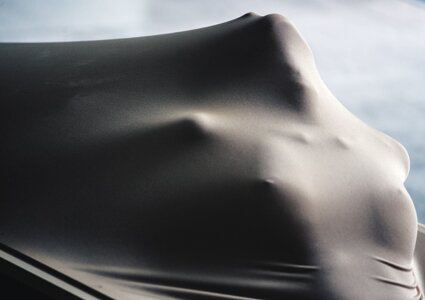Embassy of DENMARK about PFF

Firoozeh Bazrafkan.
What brings radical artists together from around the world? Where are the activists in the fight for women’s rights? Passion for Freedom links together an amazing array of individuals fighting for freedom:
• Firoozeh Bazrafkan – Iranian-Danish artist – recently fined for insulting Muslim men in Denmark.
• Ai Wei Wei – Chinese artist, spent 81 days in detention in China, famed for the sunflower seed-exhibition at the Tate Modern and movie “Never Sorry”.
• Sarah Maple – Iranian-British artist, named by Saatchi Gallery and Channel 4 “UK’s most exciting and imaginative talent” in 2007.
• Deeyah – Norwegian film director and music producer, made a documentary “Banaz A Love Story” which recently won an Emmy Award.
• Mehdi-Georges Lahlou – French-Moroccan artist, started his career causing outrage in Morocco by projecting Koran and Bible verses onto his naked body, his works can be seen in the galleries around the world.
• Johann Van der Dong’s PO Box to Allah – an artist who is banned from their country Holland and no gallery is brave enough to exhibit their artworks. [ Read more ]
Off-Limits: Subjects Artists Won’t Tackle
Feature article by PETER WHITTLE in Standpoint Magazine

Veils uncovered: Artist Martha Mosse’s performance of “The Slut, The Spinster and the Perfect Woman” at the Passion for Freedom show
Delivering this year’s Reith Lectures — the first contemporary artist to do so — the media-friendly transvestite artist and potter Grayson Perry posited the notion that perhaps art had lost one of its central tenets: its ability to shock. Sure, there was no shortage of claims being made by both the media and the art world: that Tom was “radical”, Dick was “cutting edge” and Harry was “breaking boundaries”. But all this obscured the truth, which was that art was no longer any of these things, that artist and audience had got well and truly used to each other, and familiarity had bred jadedness.
There’s no denying this but, in keeping with art itself, Perry’s observations were rather behind the times. For art has not shocked, provoked or otherwise challenged for years now. The belief that it does, should or could is almost endearingly quaint when one hears it voiced. Certainly the words used to describe creative activity, such as those above, are a product of the general hyperbolic drift in many aspects of our everyday language. And, rather like racism, the more the arts diminish in relevance in relation to both our personal and national life, the more overblown and indiscriminate are the claims made of it.
Of course the notion that the arts should shock is a thoroughly modern one in historical terms but, even as it became accepted and then entrenched as a cliché, wider social developments throughout the latter half of the 20th century were working to undermine it. The gradual dismantling of social and moral boundaries left art with less and less room for manoeuvre, if to challenge and provoke was its purpose. It is hard to be truly transgressive in a society where around two million people take recreational drugs each week, drink to oblivion as a matter of course, treat debt as a lifestyle choice or no longer bother getting married. We are, as it were, all bohemians now. All that seems left for art in this respect is to retreat into a cul-de-sac of its own minor personal preoccupations.
[ Read more ]











